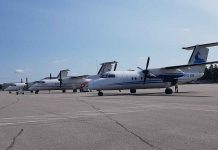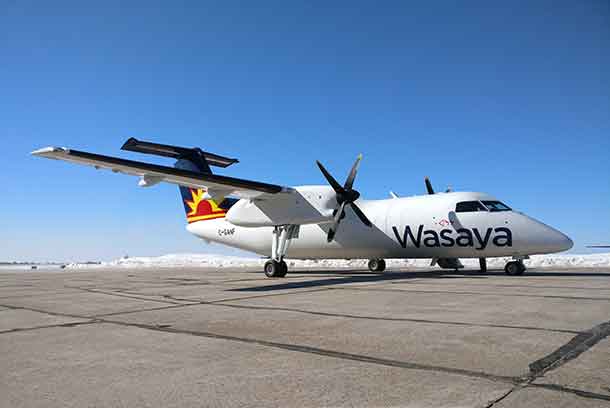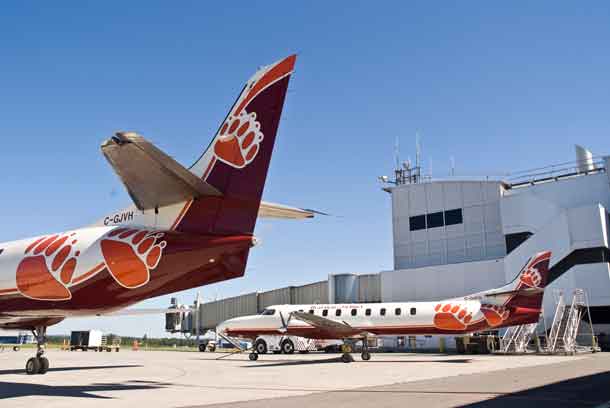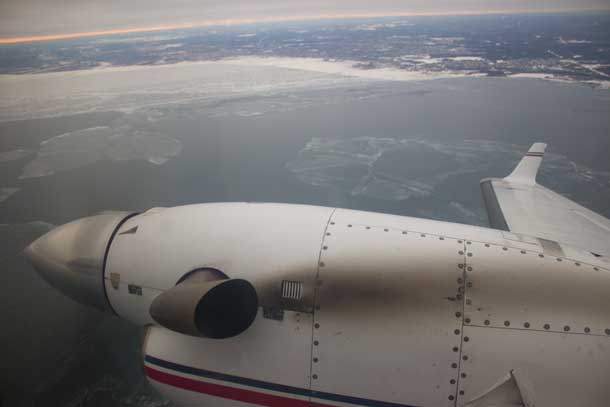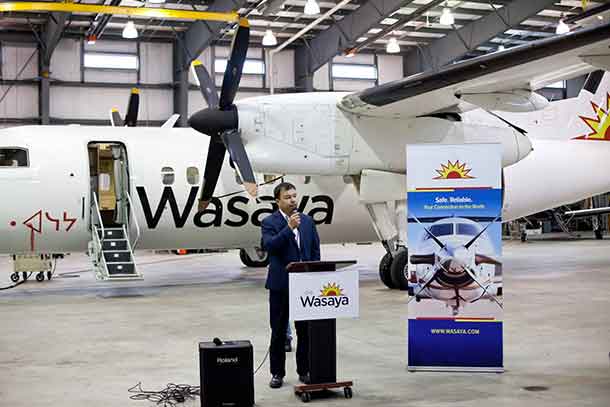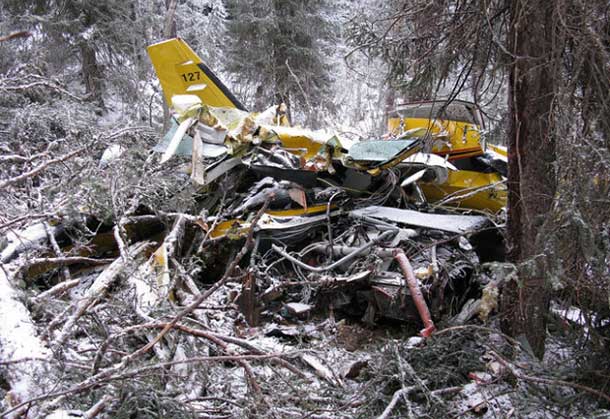

THUNDER BAY – In its investigation report (A15C0163) released today, the Transportation Safety Board of Canada (TSB) found that ice accumulation and the company practice to operate in icing conditions led to the December 2015 crash of a cargo plane near Pickle Lake, Ontario.
At 0900 on 11 December 2015, a Cessna 208B Caravan, operating as Wasaya Airways Limited flight 127, left Pickle Lake Airport, Ontario, for Angling Lake / Wapekeka Airport, Ontario, with the pilot and a load of cargo on board. Less than 10 minutes into the flight, the aircraft began descending, made a sharp right turn, climbed again before starting another descent, then collided with trees and terrain at an elevation of 1460 feet above sea level. The pilot was fatally injured, and the aircraft was destroyed.
No signal was received from the emergency locator transmitter (ELT), which was damaged during the crash, and there were no flight recording devices aboard.
At the time of the incident, rescue efforts were hindered by poor weather conditions in the area. A helicopter dispatched was unable to reach the site due to heavy icing. The Ontario Provincial Police, together with SARs technicians, launched a ground rescue initiative at approximately 3:51 PM when it was clear the helicopter was unable to reach the site. The SARs Techs arrived at the aircraft site on foot at approximately 10:50 PM.
Michael Rodyniuk, President and CEO of Wasaya Airways said at the time, “We are devastated by the loss of Captain Little. We have lost a dear friend and valued colleague. Our thoughts and prayers are with Nick’s family.”
The investigation established that the aircraft performance was consistent with operation in icing conditions that exceeded the capabilities of the aircraft. The high takeoff weight also exacerbated the problem. As the aircraft continued its flight in icing conditions, rather than returning to base, it experienced substantially degraded aircraft performance as a result of ice accumulation, which led to an aerodynamic stall, loss of control, and collision with terrain.
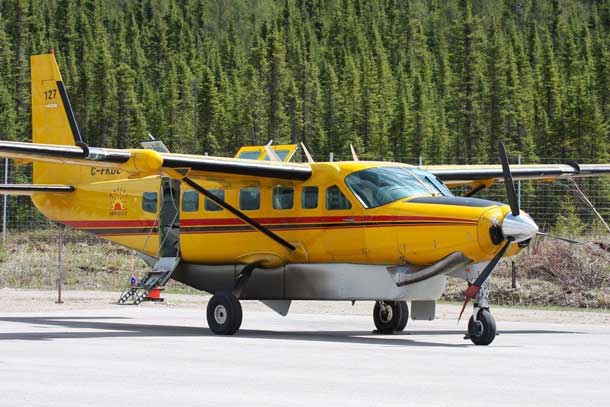
The investigation also determined that company practices did not ensure that operational risks were assessed and managed appropriately. Flying into forecast icing conditions was a company norm although four of the five Cessna 208B aircraft were prohibited from operating in these conditions. At the time of the accident, the operator had not implemented all of the mitigation strategies from its January 2015 risk assessment of Cessna 208B operations in known or forecast icing and remained exposed to some unmitigated hazards that had been identified in the risk assessment.
Consequently, pilots lacked important information and tools for sound decision-making and for safe, efficient operations.
The presence of flight recording devices can help identify safety deficiencies, which is why the Board previously recommended (Recommendation A13-01) that Transport Canada work with industry to remove obstacles to the implementation of flight data monitoring and the installation of lightweight flight recording systems by commercial operators not currently required to carry them. The Board also issued four other recommendations in 2016 (Recommendations A16-02, A16-03, A16-04 and A16-05) to address deficiencies in ELT design standards which may delay search and rescue operations after an accident. International collaboration is now underway to improve ELT specifications.
Following the accident, Wasaya conducted two safety management system investigations. As a result, the company increased minimum weather requirements for visual flight rules flights and improved operational flight plan procedures. It also increased the time allocated for technical training on the Cessna, tested a reporting system for icing encounters, and revised the maintenance schedule for the application of anti-icing treatments.

